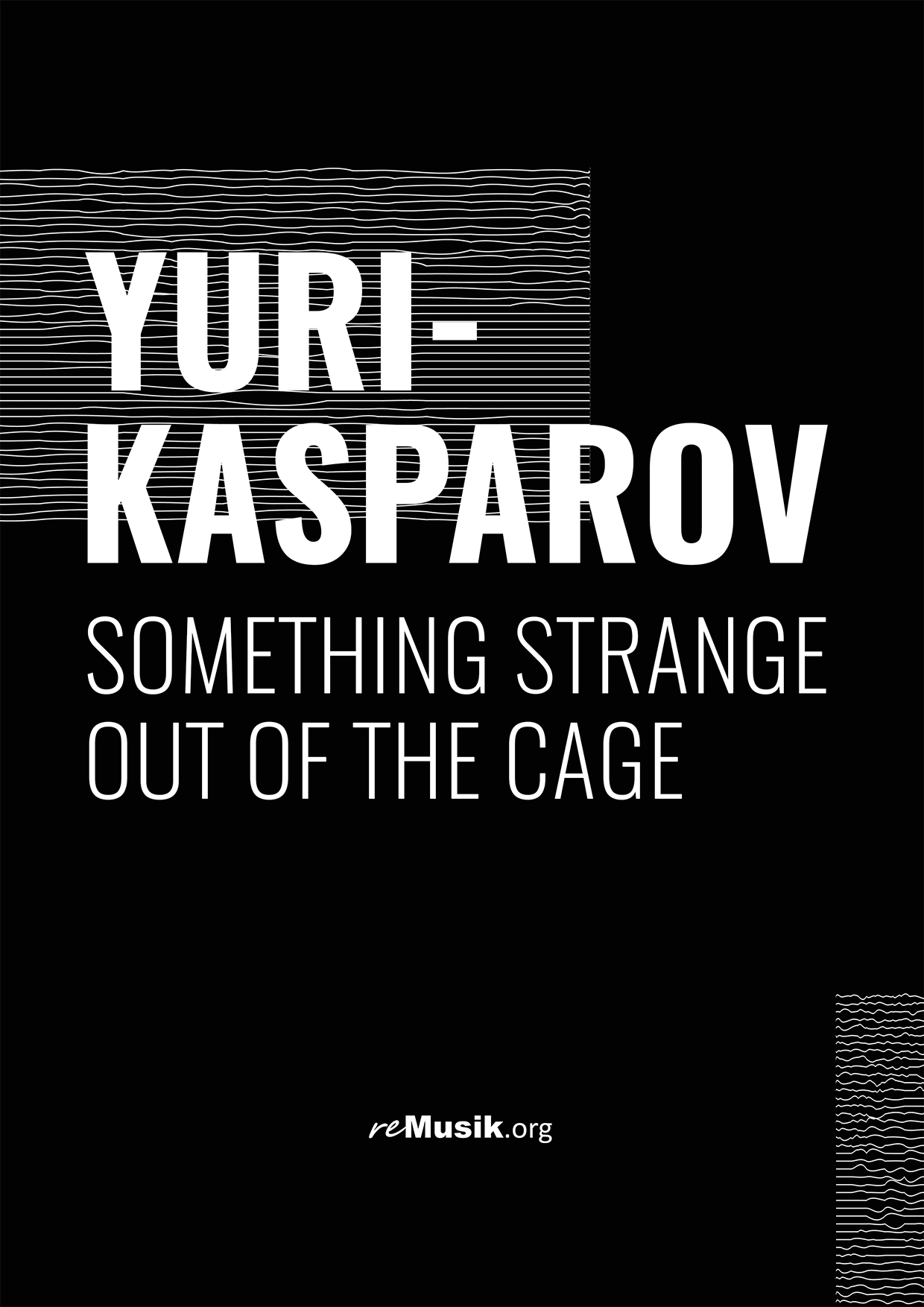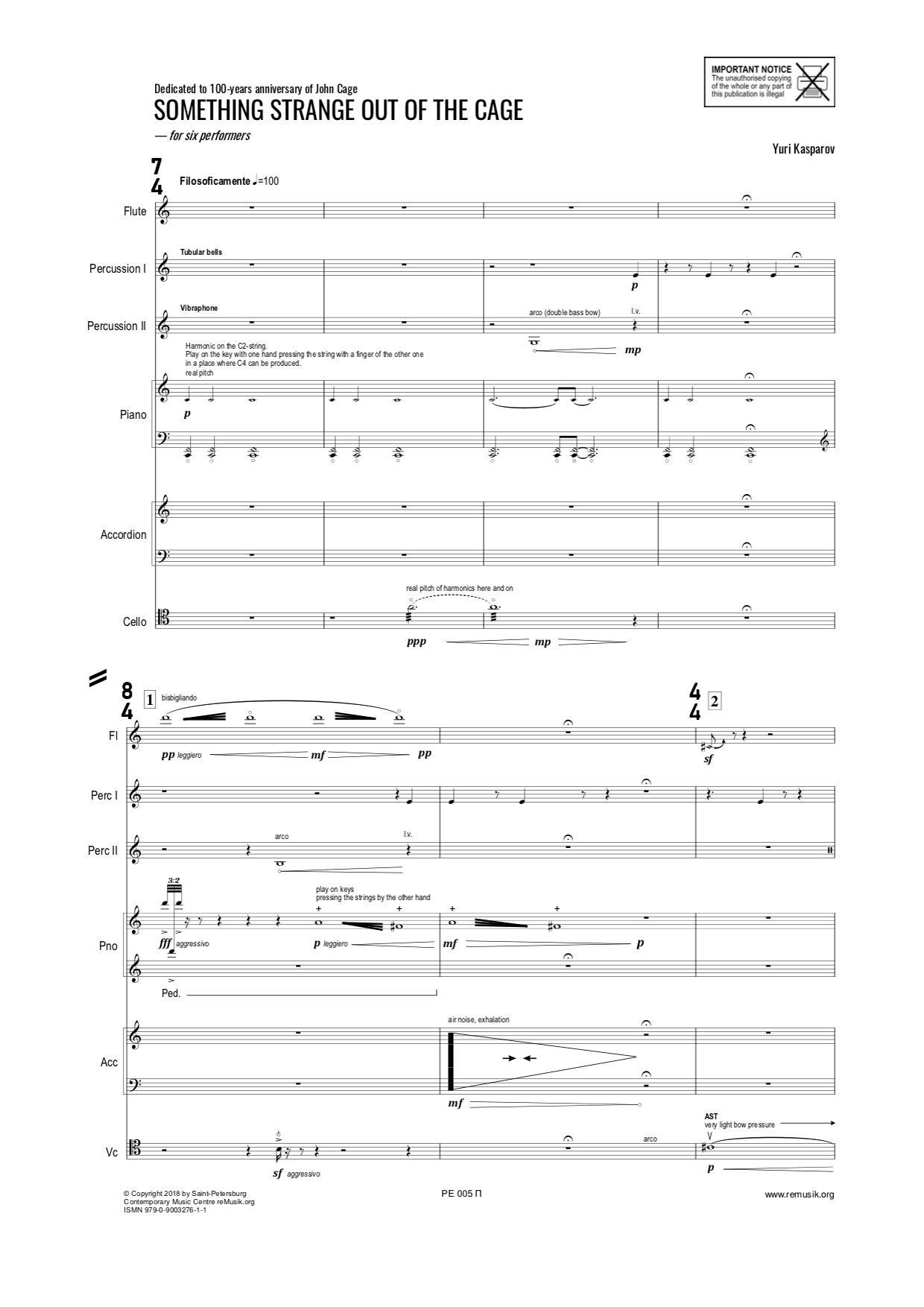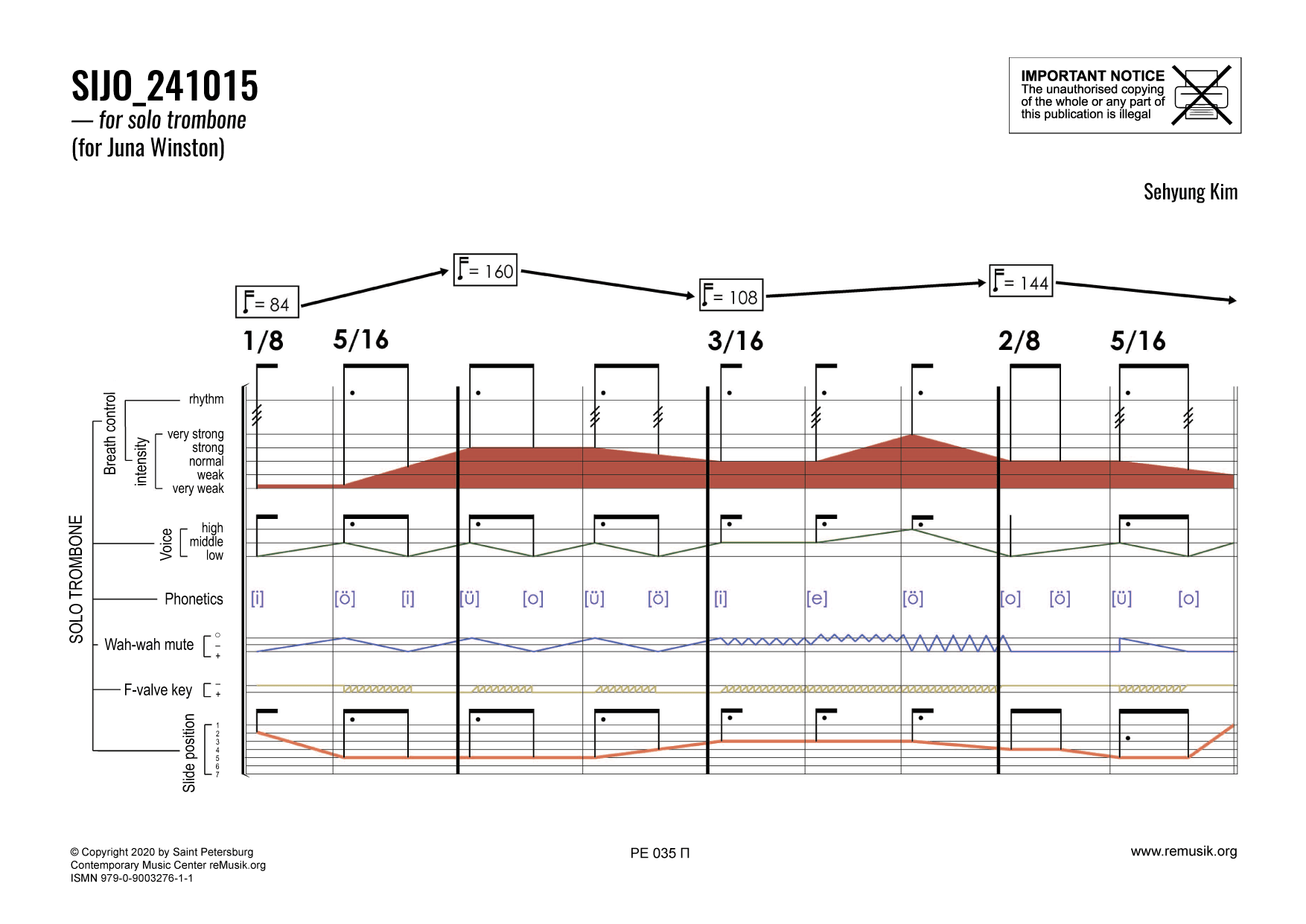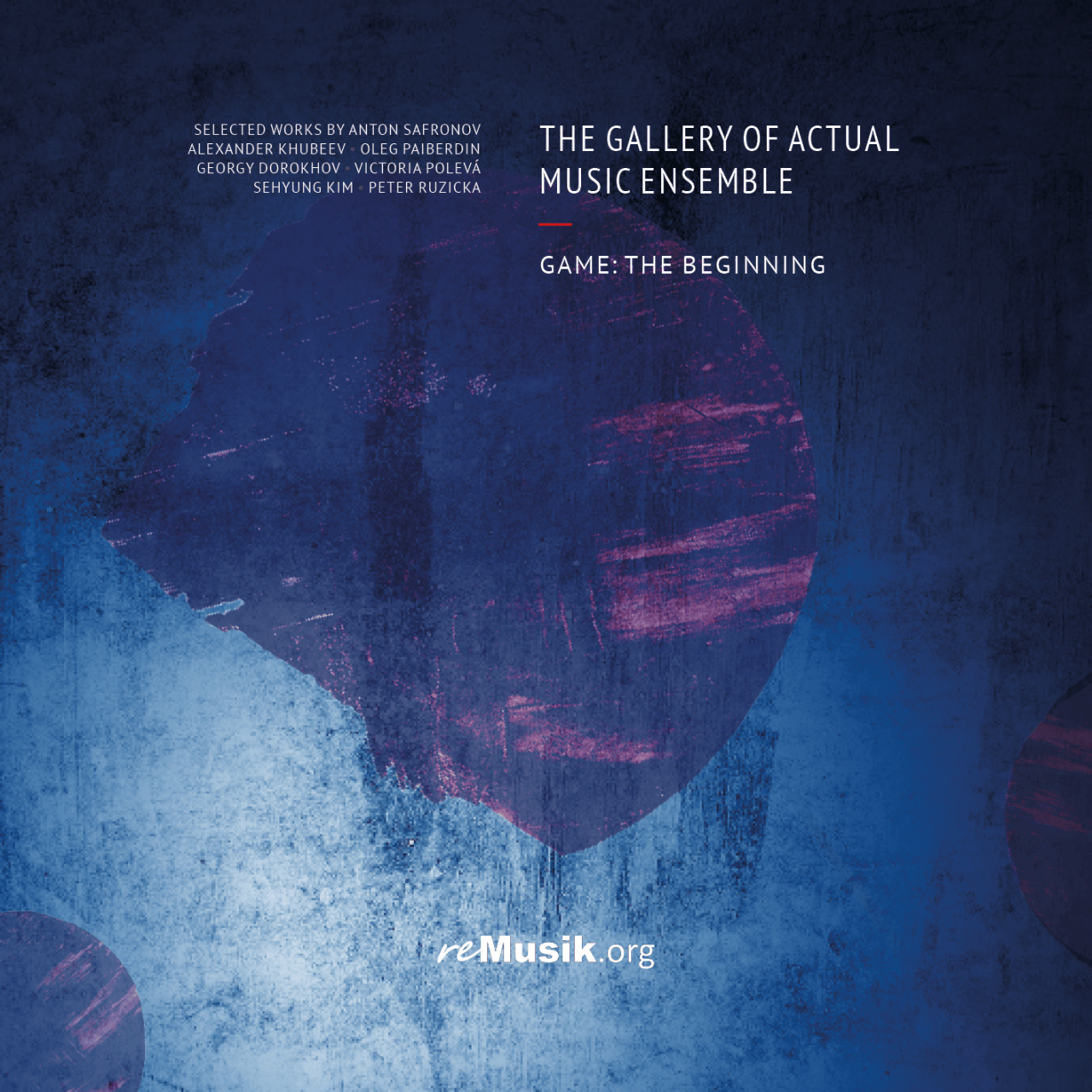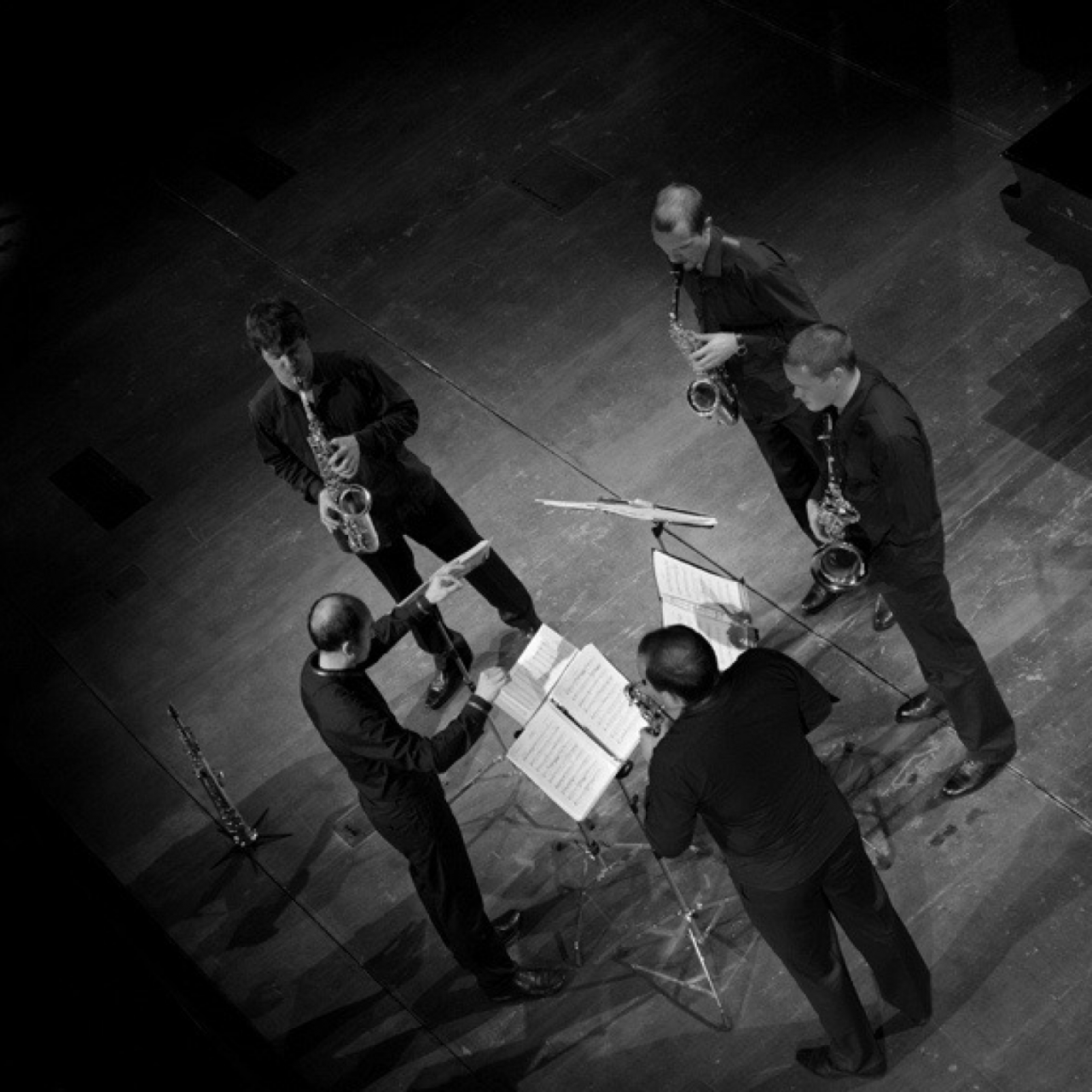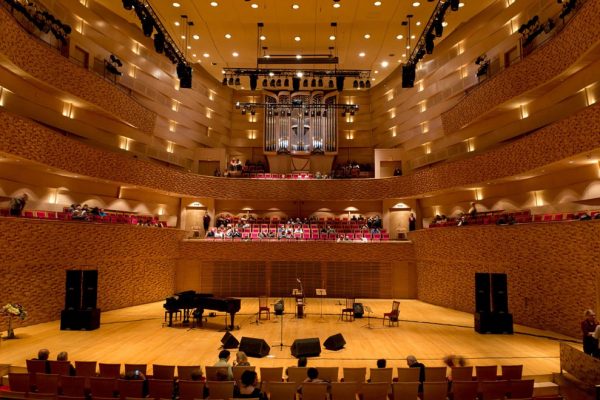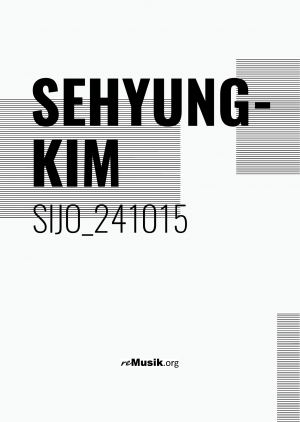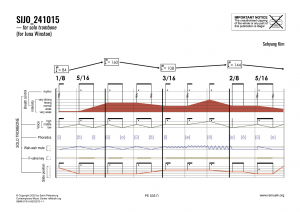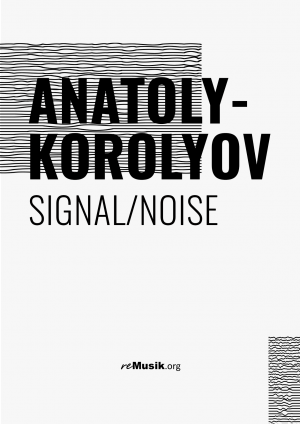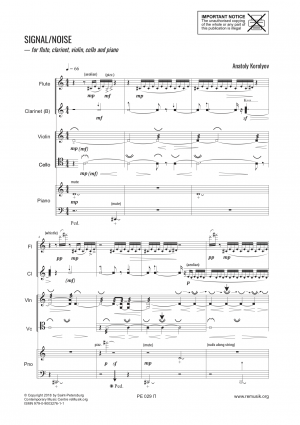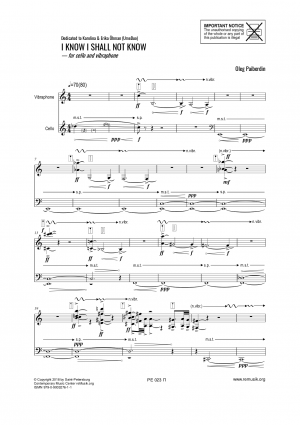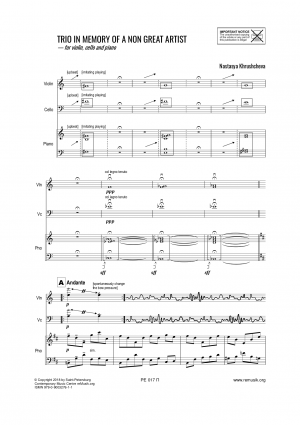Wandering Trails Through an Endless Landscape
Wandering Trails Through an Endless Landscape
At its premiere in Graz in 2016, Sehyung Kim wrote of Sijo_241015 that it is “a kind of labyrinth, where each time the performer, no matter which way [she] is choosing, is coming to the same place” (Kim 2016: 4). In many ways, all five of the pieces on this album — which document a decade of Kim’s exploration of the trombone — are merely altered perspectives of this same labyrinth. And although they each found their way to the trombone, eventually, they were not all originally intended for trombone; they drifted, rather, finding their way to the instrument through different channels, singly and independently. The three pieces here that were, in fact, originally conceived for trombone all emerged under extremely different circumstances, and with starkly different results. These various and divergent engagements with the trombone diffract Kim’s distinctive compositional curiosity through the prism of sliding brass, each shifting the landscape, tilting the labyrinth, feeling out new passages to the same destination.
The labyrinth that Kim describes is a type of landscape — a topography — and no landscape is ever just an empty vessel, a collection of static objects awaiting the interpolation or interpretation of some intrepid explorer. Any landscape is in and of itself already a set of interactions and ongoing entanglements, one that an observer or outsider can join or accompany, but which will shift and change of its own accord with each new encounter. Becoming acquainted with a topography in this way is, in the words of anthropologist Tim Ingold, a kind of “process … akin to that of following trails through a landscape: each … will take you so far, until you come across another that will take you further” (Ingold 2011: 162). The unfolding of each new traversal, each new acquaintanceship, is itself the trail. For Kim, engaging with such a space is not about constructing a map that charts its immutable characteristics from an omniscient, external perspective; instead, he seeks variable entrypoints that provoke new wayfinding excursions, interacting with the intricacies of the space on its own terms.
In the pieces on this album, the space that Kim explores — the landscape, the labyrinth — is in fact an instrument. And it is not even just one single instrument, but an archetype of one, shifting a bit with each iteration: the idea of sliding brass, best typified by the slide trombone. It is simple enough to describe: There is a long cylindrical tube with a mouthpiece on one end and a flared bell at the other. In the middle of the tube, the pitch is controlled by a slide, which can lengthen or shorten at any speed and over any duration. This tube can come in any of a variety of lengths (such as the shorter version of a trombone, the slide trumpet, as in Sijo_170213) and it can be modulated by valves or other augmentations on the mouthpiece or the bell. In its essence, though, it is simply a long tube with a slide.
This construction, simple though it is, contains within it a fascinating collection of acoustic predispositions and phenomena, even before one begins to manipulate it. The collection of pitches and sympathetic overtones that are reinforced and amplified by the tube can vary from didgeridoo-like pure overtones to complex lip multiphonics (wherein the interlocked harmonies of multiple overtone series entangle and transform one another). Kim’s first exploration of the trombone begins from this perspective. Sijo_010313 asks the performer to project any sound into the instrument and to subject that fundamental sound to a series of manipulations by the slide, the oral cavity of the performer, and a wawa mute in the bell. These three locations of transformation — mouth, slide, bell — isolate the locations within the instrument most susceptible to alteration. Because Kim does not demand a specific instrumental technique, the resultant sound of the piece varies dramatically from performance to performance, as in the three versions presented in this album. Each different technique, though, provokes a different response from the perturbations that Kim introduces to the system (the manipulations at the sites of mouth, slide, and bell), allowing the labyrinthine cavern of the long, cylindrical tube to expose its own acoustic predispositions. Kim uses this piece to initiate his acquaintanceship with the trombone, to learn from the labyrinth even as he provokes from it this unique and kaleidoscopic musical etude.
Shortly after, Kim began what would become his longest trombone solo to date, Il. Begun in 2014, it emerged from Kim’s fascination with the acoustic potential of these same three transformative loci (mouth, slide, bell), layered upon each other in stratified perturbations of the instrument’s fundamental acoustic. Il begins and ends with a long glissando from the upper register of the instrument (with the slide all the way in), down to the low register (with the slide fully extended). This long glissando is accompanied by ceaseless filigrees of jaw vibrato and wawa mute flutterings, flitting into and out of the sound far more energetically than in Sijo_010313. However, as this glissando reaches its midpoint and the performer takes a long breath, it is interrupted by an extensive passage of lip multiphonics, themselves beginning in the upper register and cascading down through the overtone series in ever-shifting harmonic relationships. Repeatedly returning upwards, then descending once again through a new constellation of overtones, these lip multiphonics are slowly accompanied and increasingly overtaken by jaw vibrato, sung pitches, wawa mute flutterings, and vowel-shape manipulations in the oral cavity, until they subside into a soft but intricately complex sheet of noise, like a waterfall that has been swallowed in the river, its sheets of pure noise engulfed by a steady stream downhill. From this point of maximum sonic saturation, the same single pitch of the interrupted glissando emerges once more and falls slowly down to a natural resting point at the end of the slide, an exhausted egress from the labyrinth.

Kim first contacted me during his work on Il. Having met with other trombonists prior to the compositional process, and after subsequently working many months on the score, he needed to return to it with an instrumentalist. To both of our great fortunes, he eventually found his way to me through a series of mutual friends. At that time, the score of Il acted as a new landscape for us both, an as-yet-unexplored haze which progressively unfolded into unexpected interferences and conflicting possibilities. We worked several months side by side, finding routes through this labyrinth that most exaggerated the competing energies and fluctuations of the techniques involved, allowing the piece to emerge in its present shape even as it provoked and expanded our imaginations, suggesting myriads of other potential pathways through the instrument that bordered — but did not quite fit into — the landscape of Il. It is no surprise, then, that it sparked a flurry of further work in the ensuing years. Almost directly after the long gestation of Il, we began the collaborations that would produce Sijo_241015, itself the fruit of many countless hours playing and working alongside each other. Kim had always been interested in how changes within the trombone mouthpiece and the performer’s mouth could affect the instrument, but, spurred on by my improvisational practice on the instrument, he proceeded to focus even more acutely on the rich potential for instrumental metamorphosis at the mouthpiece end of the trombone. He was drawn in particular to my performances with other instruments’ mouthpieces: saxophone, clarinet, bassoon, oboe, etc. By sitting together and experimenting with the many different ways in which these mouthpieces provoke new acoustic phenomena within the long tube of the trombone, Kim devised a whole new score even more variable than those before. While I am far from the first trombonist to exploit such pan-instrumental multi-instrument hybridizations, they served as a new and fertile impetus for Kim to question the interpretation of sound and space within the trombone. By taking these cyborgian instrumental techniques as the foundation for a new piece in and of themselves, rather than as an extended technique merely addended to a more traditional trombone performance, Kim was able to highlight and explore radically new territory within the trombone’s acoustic range.
Sijo_241015 layers a variety of transformation-producing actions: tempo changes, flutter tongue, mouth shape, valve action, slide movement, sung pitches, and breath intensity. Of course, all of these elements cannot be performed simultaneously by a single performer — one simply does not possess enough hands and mouths! It is this surfeit of gestural possibility, though, that propels Sijo_241015 as it charts a course through a constant interchanging of mouthpieces entangled in an interwoven web of frenetic valve and mute and slide activity; it forms the tissue connecting and transforming each variation as these cyborgian doppelgängers of the augmented trombone flit into and out of existence. The score is designed to be performed multiple times as separate movements, each with a different mouthpiece (bassoon, saxophone, etc.). The performer is required to begin each movement with a new subset of parameters, which combinations must then continue to exchange and alternate during the course of each movement, as well. With each new mouthpiece and each new set of physical actions, radically different sonic profiles of the instrument are exposed, dissected, and unravelled. The score does not offer a map in the traditional sense — that is, an overview of a fixed totality. Rather, it presents the performer with a series of variable but precise entrypoints and guideposts in a mutable labyrinth, each devised to maximize the transformative potential of the landscape’s traversal.
Alongside this work, Sehyung and I also began to revisit older pieces of his, particularly the two that feature on this album, Sijo_170213 for trumpet and Sijo_271213 for saxophone (originally for Simone Telandro and Diego García Pliego, respectively). After having successfully used his newer scores as departure points for creatively reconstructing the instrument from performance to performance, we also began to imagine older scores as potential maps for as-yet-unimagined landscapes. Rather than scientifically approaching a new set of sounds, as we had done with Sijo_241015, we sought to harness the energies of these non-trombone pieces to elicit new ideas from the instrument itself. In the case of Sijo_170213, the translation from (valve) trumpet to slide trumpet (which can also be called soprano trombone) is, of course, fairly minimal. However, the presence of the slide does change the relationship to the wawa mute, as the slide trombonist can execute both actions simultaneously when a trumpet player cannot always. Moreover, the differences in length and in particular of air resistance between a valve trumpet and a slide trumpet also affect the lip multiphonics, which are a primary component of the piece. Although the adaptation from valve to slide trumpet does not alter the piece significantly, the subtle differences that the slide coaxes from a piece intended for valves are nonetheless both appreciable and provocative.

The reimagination of Sijo_271213 is somewhat more radical, as saxophone multiphonics are replaced by the superposition of lip and sung multiphonics in the trombone, and saxophone bisbigliando is replaced by a bisbigliando between muted trombone, opened valve tubing, and singing through the instrument. However, because the score indicates a manner of instrumental exploration rather than a prescribed set of particular pitches and multiphonics, it lends itself very well to reimagination by a new instrument. Kim’s saxophone score provoked from the trombone a series of multiphonic explorations that the more focussed work of Il had not completely unearthed. The openness of the saxophone notation allowed the trombone itself to interpolate its own acoustic identity, guiding the process and contributing to the emergence of yet another new musical landscape.
Although they are (merely) reimaginations of older works, the musics elicited by the reappropriation of these two non-trombone Sijos typify Kim’s musical sensibility. In his music, none of composers or performers or scores or instruments have ownership or leadership in the exploration of their mutual interaction. Kim’s scores serve instead to curate relationships between these diverse sets of characters, inviting performers and instruments to immerse themselves in each other, thus freeing his compositional imagination to take shape in and through this mutual dissolution. The sonic landscapes that emerge are never fixed, but continue to evolve, inviting exploration not merely because of the uniqueness of their topography, but also because they continually shift to meet listeners anew. In the years that I have spent wandering and wayfaring in these musical landscapes, I have encountered so many (re)imaginations of myself, my instrument, and Kim himself, even as the angles they provide for new perspectives continue to multiply undiminished.
Today, we release this album on Fancymusic label, giving breath to a particular set of interpretations of these pieces, but tomorrow I will return to the practice room, alone with my instruments, roaming once again in Kim’s ever familiar and unceasingly transforming terrains.
References:
Ingold, Tim. Being Alive: Essays on movement, knowledge and description. London: Routledge, 2011.
Kim, Sehyung. Sijo_241015. Program notes. Self-published: 2016.
Kim, Sehyung. Il. Saint Petersburg Contemporary Music Center reMusik.org: 2020.
Kim, Sehyung. Sijo_271213. Self-published: 2013.
Kim, Sehyung. Sijo_241015. Saint Petersburg Contemporary Music Center reMusik.org: 2020.

